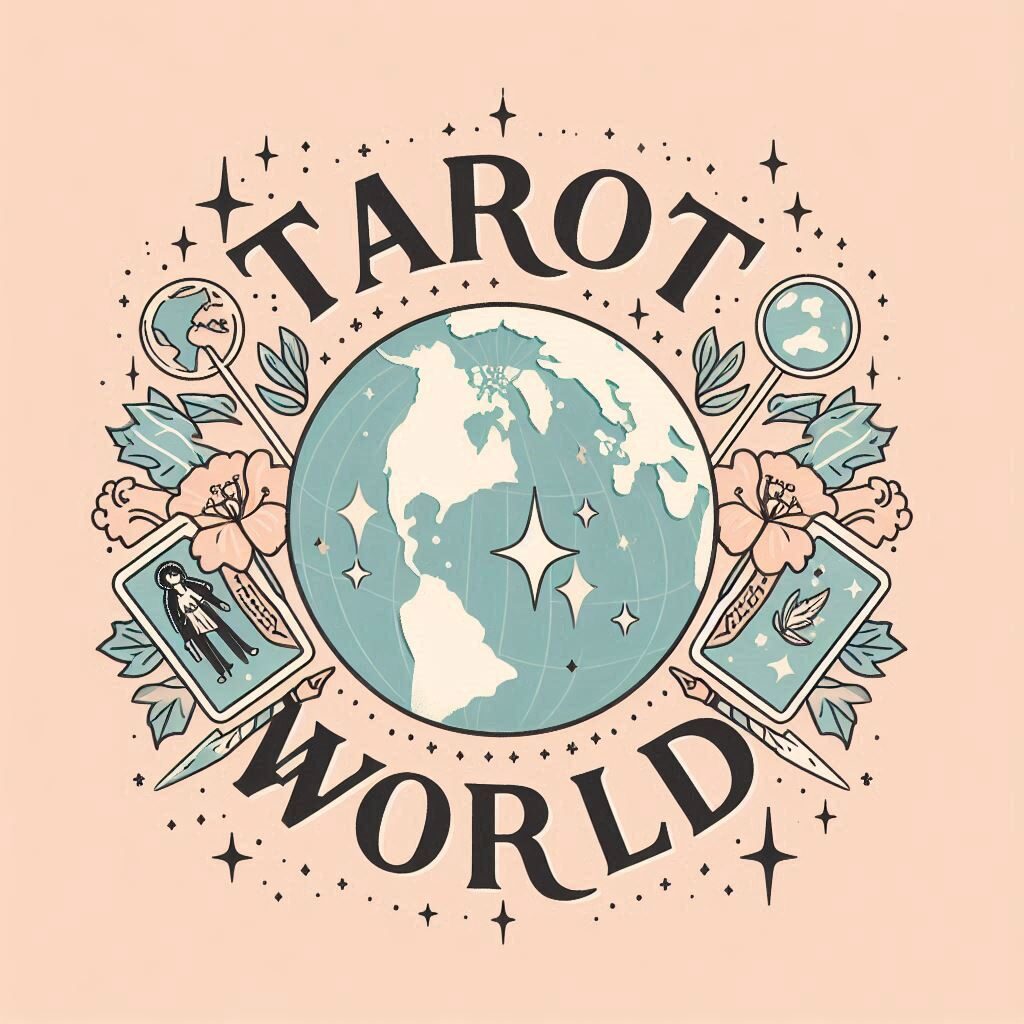Tarot’s roots stretch back to the 15th century, starting as mere playing cards in Europe. They morphed over time into mystical tools used for divination and personal introspection. Imagine these decks as a blend of art, history, magic as well as logic with each card a window into the collective unconscious.
There’s a cornucopia of tarot decks out there, each with its own feel. The classic Rider-Waite deck is a favorite for beginners, thanks to its clear imagery. But maybe the ethereal artwork of the Thoth Tarot speaks to you more. It’s about finding the deck that resonates with your vibe, becoming like a trusted companion on your journey.
The imagery on tarot cards isn’t random. Colors, numbers, and suits all hold psychic as well as astrological weight. Think of the Suit of Cups, rich in watery blues and reds, reflecting emotions and relationships, while the earth tones of Pentacles ground you in matters of the material and/or financial world. Understanding this symbolic language transforms the cards from mere pictures to a symphony of insight.
Choosing your first deck is big, but there’s no mystic ‘one-size-fits-all’ answer. Consider what appeals to you aesthetically and what draws you intellectually or spiritually. Some even suggest letting a deck choose you, feeling a deck that almost calls out as you browse. However you decide, what matters is that your deck feels personal.
Tarot’s often misunderstood as a fortune-telling gimmick. But it’s more like a mirror, reflecting back on your consciousness and can even be known to outline ‘hidden’ truth’s to navigate your current situation. Myths abound that tarot can only be used by the ‘spiritually gifted’ or that reversed cards always spell doom. In truth, tarot is open to anyone willing to learn its language. Its strength lies in the user’s ability to unlock personal insights and possibilities.
Mastering the Art of Tarot Reading: Tips and Techniques
Setting the scene is everything when it comes to tarot—think of it as the pre-show vibe check. Lighting candles or burning incense can help create an inviting atmosphere and clear your mind. You want a space where both you and/or your querent feel open and relaxed; it sets the tone for genuine insights to unfold.
Ready to try your hand at a reading? Start with single-card draws to become acquainted with the deck, then move into more complex spreads as you gain confidence. Whether it’s a traditional Celtic Cross or a simple three-card Past, Present, Future, each layout tells a chapter in the story you’re uncovering.
When reading for others, clarity and empathy are your tools. Begin with their question. What are they really seeking to understand? Once the cards are laid out, guide them through the narrative each card presents. Interpretations aren’t just textbook; they’re a dance of intuition and knowledge, and the more you practice, the more fluid that dance becomes.
Most good Tarot Deck’s brought come with a guidebook to navigate your understanding of the suits and sometimes the astrological background of each card. But.. Don’t underestimate the role of intuition. It’s like adding color to a black and white sketch. Trust your gut feelings about how the symbols relate to the question at hand. Coupled with regular practice, your interpretations will only deepen.
There’s a responsibility that comes with tarot reading—never forget the humanity in the cards. While you offer clarity, sensitivity, and discretion remain essential. Tarot isn’t about prediction as much as it is about providing guidance and insight, sometimes on life’s most delicate matters.
Deepening Your Connection with Tarot: Practices Beyond the Cards
Meditation pairs well with tarot, helping you center your mind before a reading. It’s like tuning an instrument before a performance. Just a few minutes of deep breathing or visualization can make all the difference in how you connect with the cards.
Ever thought about blending tarot with other esoteric sciences? As mentioned, Astrology and numerology are fantastic companions. For instance, laying out your cards based on your astrological birth chart or current planetary placements can offer revealing perspectives. Each discipline complements the other, painting a fuller picture of your journey.
Journaling is also for some, your personal tarot diary. Jotting down insights after readings helps track patterns and growth over time. It doesn’t have to be elaborate—just enough to capture how cards speak to you in the moment. It can be fascinating to look back and see how your understanding has evolved.
Finding your tribe can also make the journey richer. Joining tarot meetups or online forums introduces you to people on similar paths. Sharing readings and experiences, if you feel comfortable doing so, can lead you to epiphanies you might not reach alone. Plus, it’s just fun swapping stories with fellow enthusiasts.
There’s always more to learn with tarot, which keeps it exciting! Dive into books by well-known tarot experts or even consider classes. Online platforms offer webinars, tutorials, and courses for all levels. Whether you want to hone a specific skill or broaden your scope, resources are plentiful to fuel your passion.
